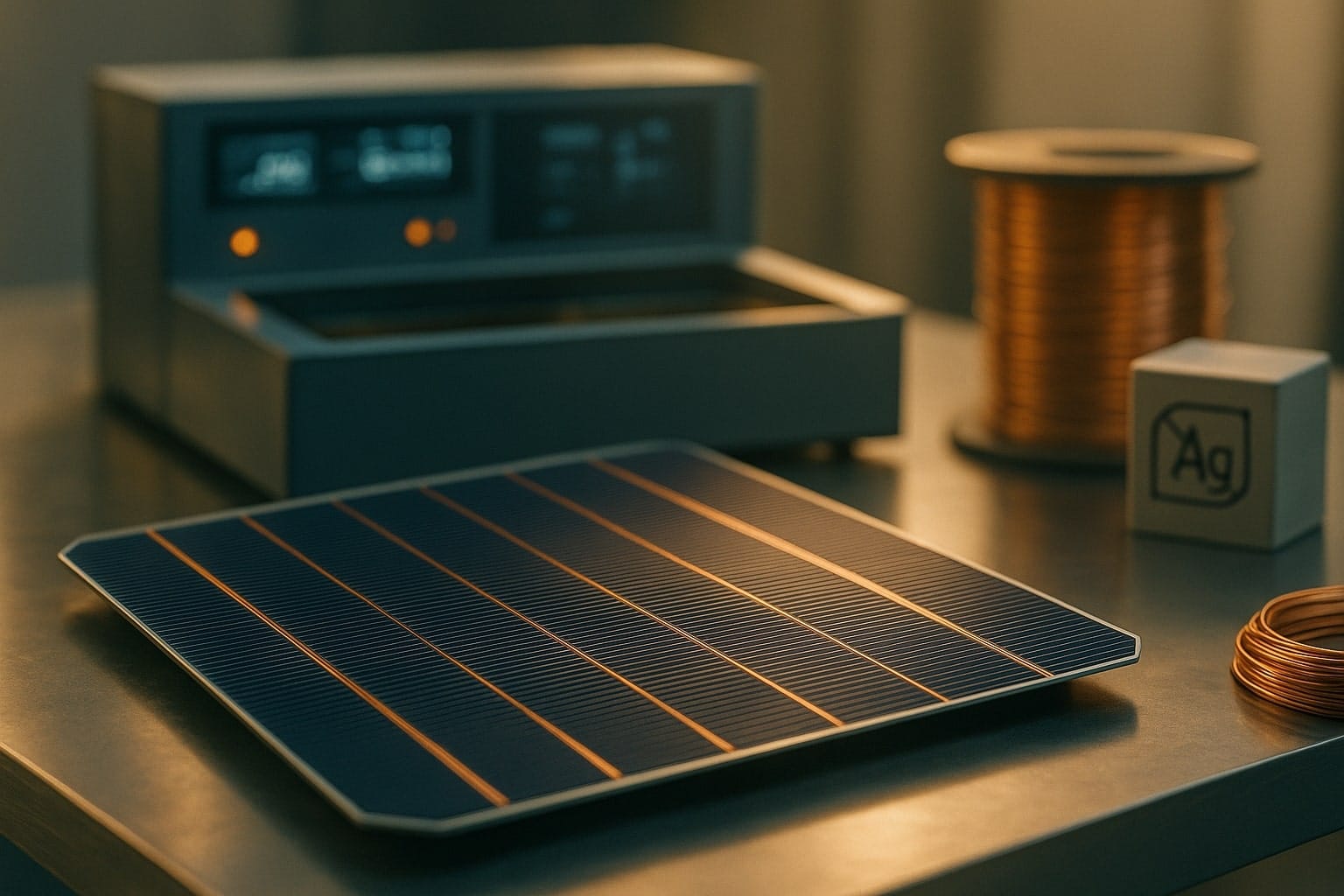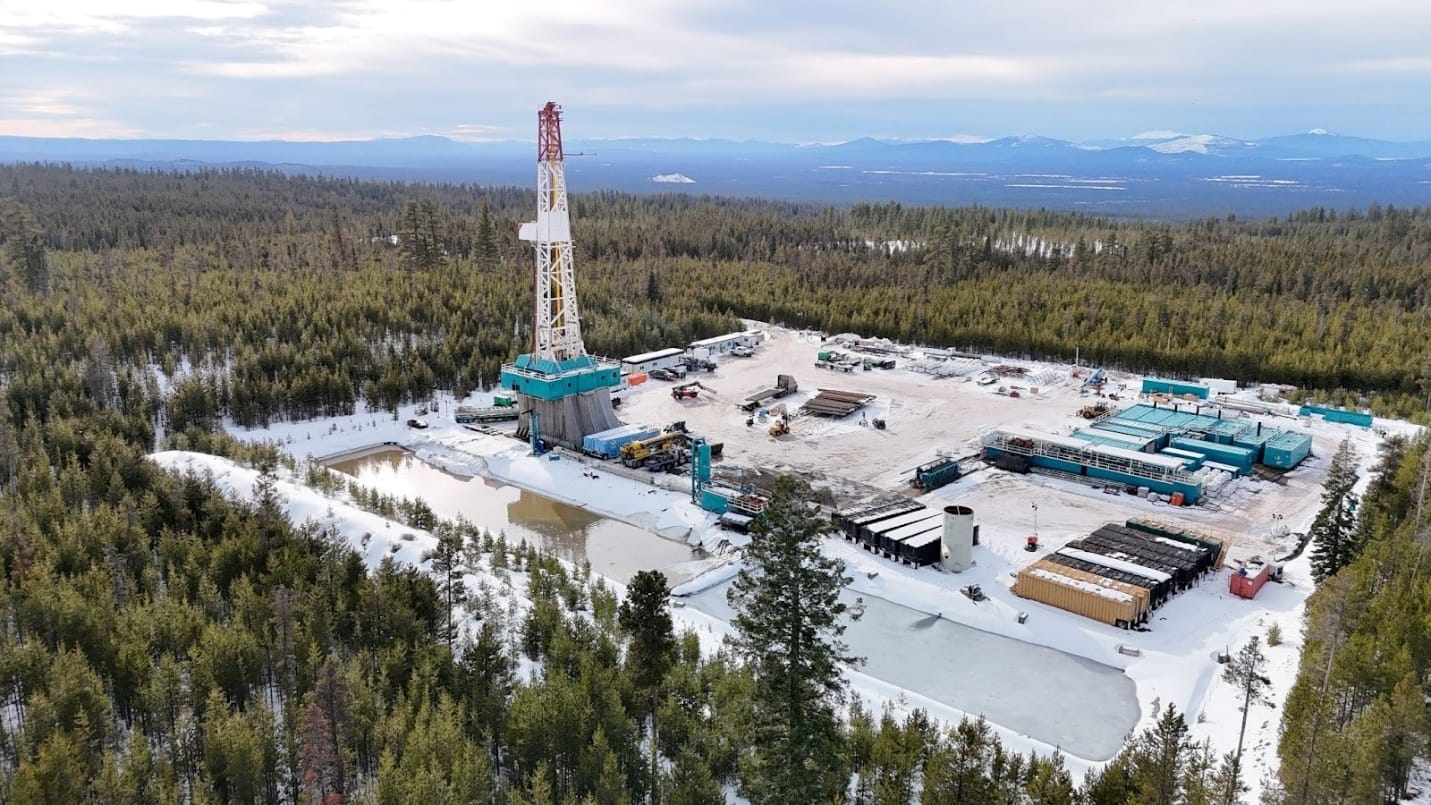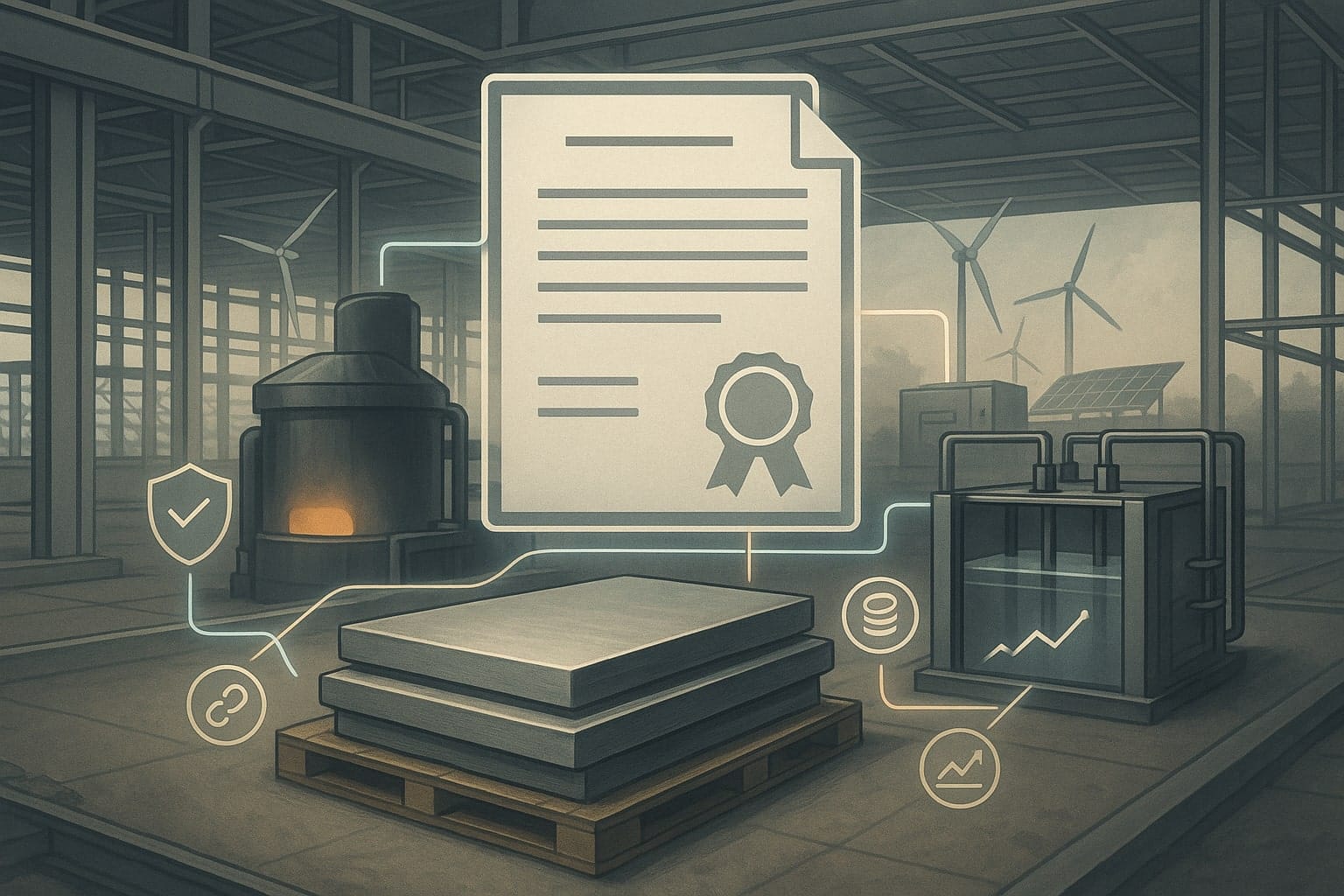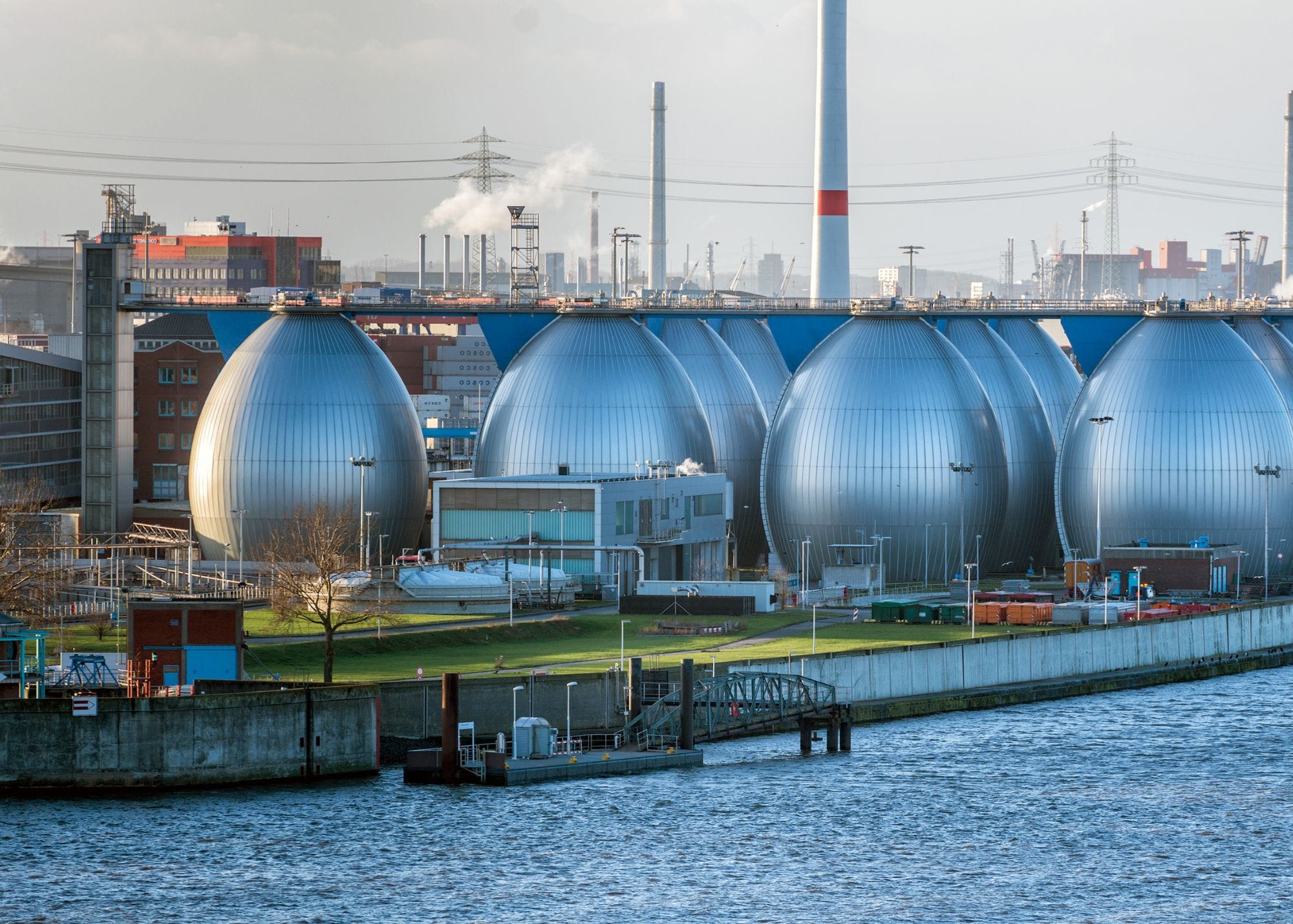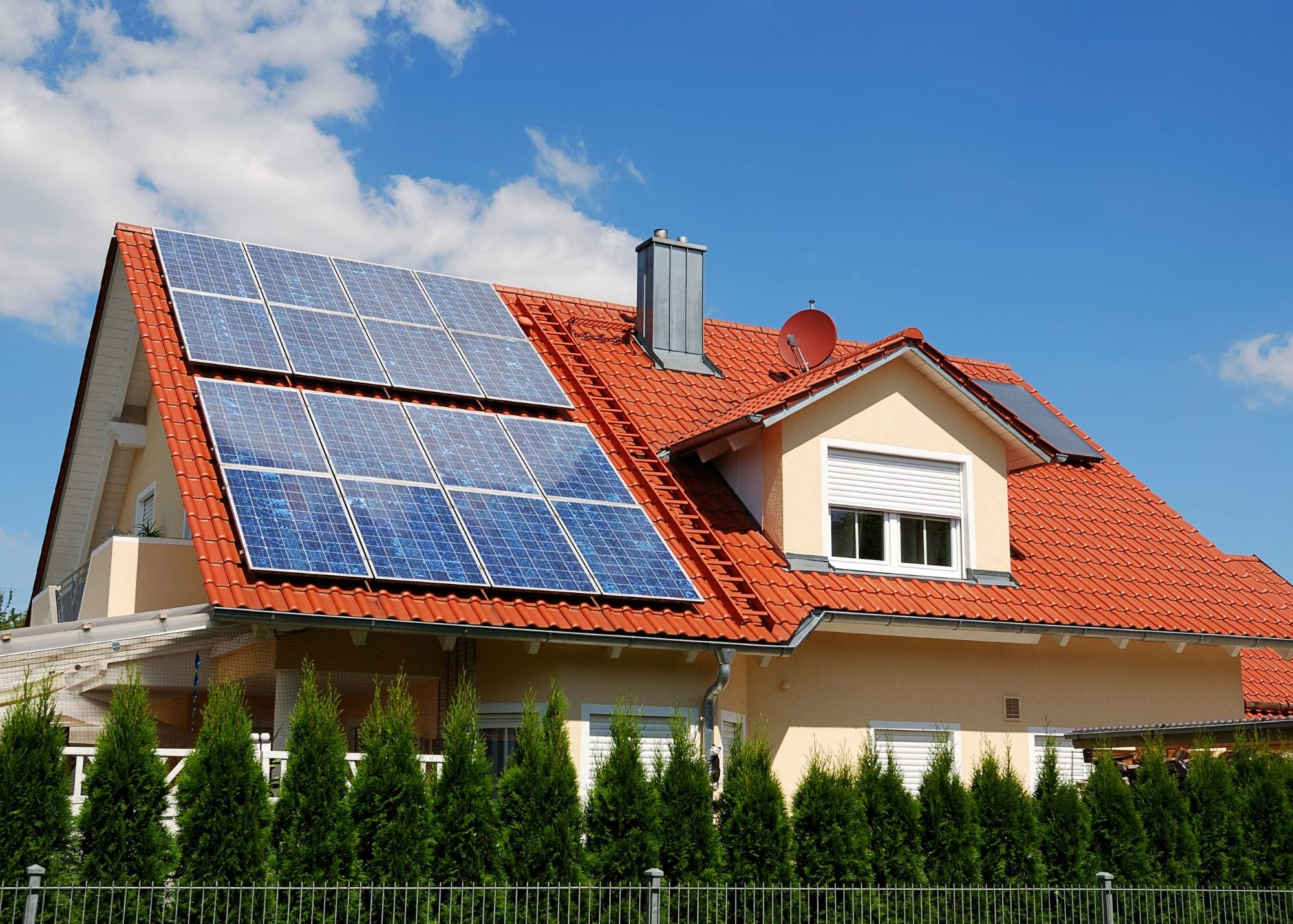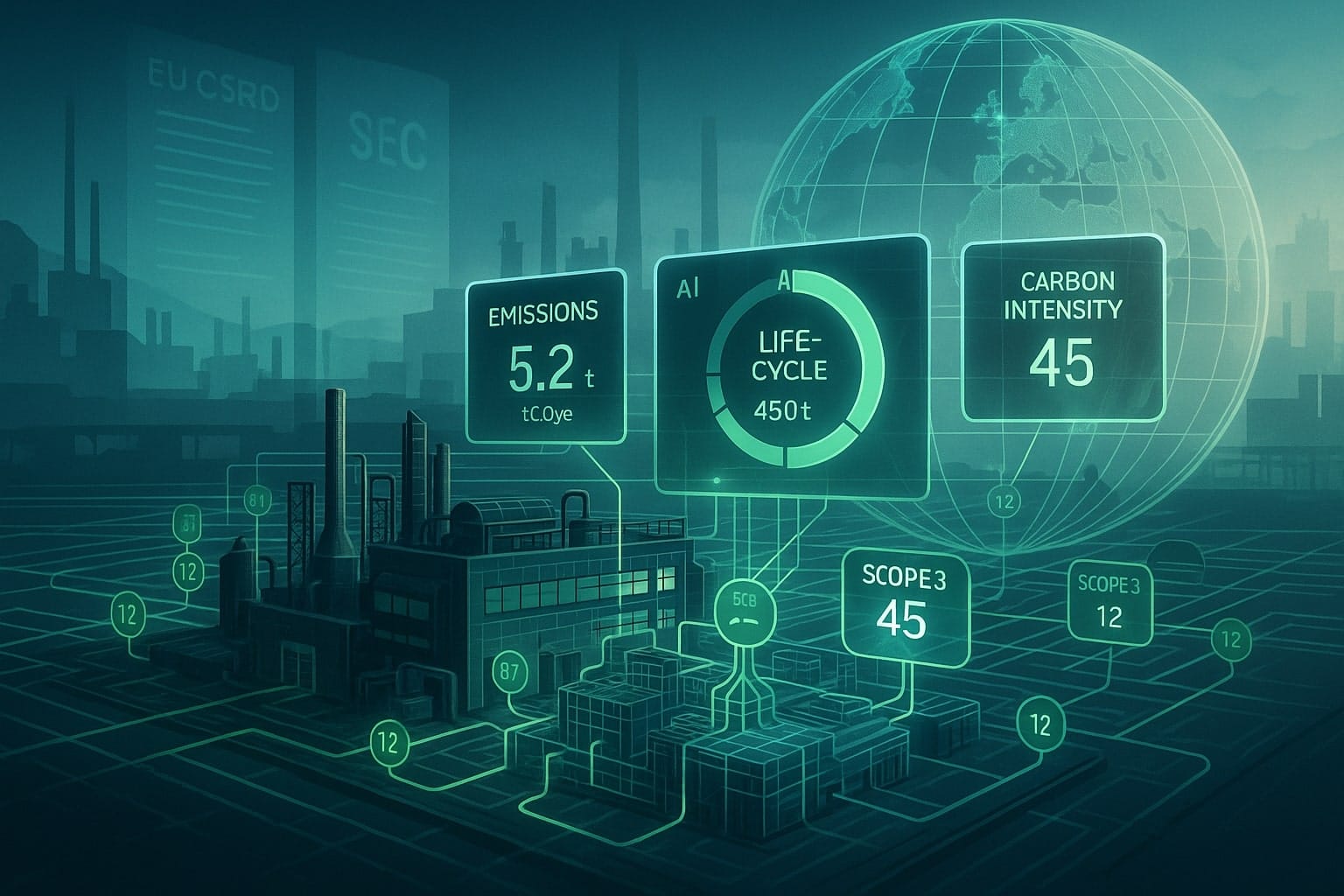Australia has achieved a significant milestone in its renewable energy journey with the successful activation of the Koorangie Battery Energy Storage System (BESS) in Victoria. This development not only enhances the state’s energy storage capacity but also introduces advanced grid-forming technology, crucial for integrating renewable energy sources into the power grid.
Table of Contents
ToggleWhat is a Grid-Forming Battery?
Grid-forming batteries are advanced energy storage systems equipped with inverters capable of establishing their own voltage and frequency references. Unlike traditional grid-following inverters that rely on existing grid signals, grid-forming inverters can operate independently, providing essential services such as voltage and frequency stabilization. This capability is vital for maintaining grid stability, especially as the proportion of variable renewable energy sources, like wind and solar, increases. By supplying inertia and other stability services traditionally provided by synchronous generators, grid-forming batteries facilitate a more resilient and flexible power system.
The Koorangie Battery Energy Storage System
Located near Kerang in northwest Victoria, the Koorangie BESS is a 185 MW / 370 MWh lithium-ion battery system developed by Edify Energy and owned by Sosteneo Infrastructure Partners. The facility is connected to AusNet’s 220 kV transmission network and is designed to provide system strength to the Murray River Renewable Energy Zone (REZ). Equipped with 100 Tesla Megapacks utilizing grid-forming inverter technology, the Koorangie BESS has recently commenced exporting power to the grid, marking a significant step towards full operational capacity. This system is expected to enhance the hosting capacity for inverter-based renewable energy sources in the region by up to 300 MW, thereby supporting Victoria’s transition to a more sustainable energy future.
The successful deployment of the Koorangie BESS underscores Australia’s commitment to integrating advanced energy storage solutions and grid-forming technologies, paving the way for a more resilient and renewable-powered grid.

Other Major Battery Storage Projects in Australia
Australia is witnessing a significant shift towards renewable energy, with major energy companies investing heavily in battery storage solutions to support this transition.
AGL Energy’s Expansion Plans
AGL Energy, one of Australia’s leading power producers, has announced an ambitious plan to develop 1.4 gigawatts (GW) of grid-scale battery storage projects within the next 12 to 18 months. This initiative is a cornerstone of AGL’s strategy to transition from coal-fired generation and achieve net-zero emissions by 2035. Despite a 6.5% decline in half-year net profit to A$373 million, the company remains committed to bolstering Australia’s energy transition. AGL’s capital expenditure nearly doubled to A$667 million in the second half of 2024, reflecting ongoing construction projects and investments in clean energy. The company aims to make final investment decisions on significant battery projects in New South Wales and Queensland within the next 18 months.
Origin Energy’s Investment in the Eraring Battery
Origin Energy is making substantial investments to expand its battery storage capacity at the Eraring Power Station in New South Wales. The company has committed approximately $450 million to develop the second stage of the Eraring battery project, which will add a 240 MW / 1,030 MWh four-hour duration grid-forming battery to the existing 460 MW / 1,073 MWh two-hour duration battery currently under construction. This expansion will bring the total energy storage capacity at Eraring to over 2 GWh, enhancing grid stability and supporting the integration of more variable renewable energy sources. Construction of the second stage is scheduled to begin in early 2025, with commissioning expected in the first quarter of 2027.
Government and Private Sector Initiatives
The Australian Renewable Energy Agency (ARENA) has been instrumental in supporting projects that demonstrate the potential of grid-forming technology to maintain grid stability amid increasing renewable energy integration. Additionally, private sector investments, such as Energy Vault’s agreement to supply a 100 MW / 200 MWh battery energy storage system for Victoria’s State Electricity Commission Renewable Energy Park, further underscore the collaborative efforts to enhance Australia’s energy infrastructure.
Why Grid-Forming Technology Matters
Grid-forming inverters are pivotal in modernizing Australia’s energy grid. Unlike traditional inverters, which rely on existing grid signals, grid-forming inverters can establish their own voltage and frequency references. This capability allows them to provide essential system stability services, traditionally supplied by synchronous generators like coal and gas plants. By supplying inertia and other stability services, grid-forming batteries facilitate a more resilient and flexible power system, enabling a higher penetration of renewable energy sources. This technological advancement is crucial for reducing reliance on fossil fuels and advancing Australia’s decarbonization goals.
Challenges and Future Outlook
While the deployment of grid-forming battery energy storage systems (BESS) offers numerous benefits, several challenges persist:
- Cost and Scalability: The initial investment for large-scale battery storage projects is substantial. Ensuring cost-effectiveness and scalability requires continued technological advancements and supportive economic policies.
- Grid Compatibility: Integrating these advanced systems into the existing grid infrastructure necessitates careful planning and potential upgrades to accommodate new technologies.
Despite these challenges, the future outlook is promising. The collaborative efforts of government agencies, private companies, and technological innovators are paving the way for a more resilient and sustainable energy system in Australia. As more grid-forming BESS projects come online, they collectively contribute to a more stable and sustainable energy system, reducing reliance on fossil fuels and advancing the country’s decarbonization goals.
Conclusion
The activation of the Koorangie Battery Energy Storage System and the expansion plans by major energy companies like AGL and Origin signify a transformative period in Australia’s energy landscape. The integration of grid-forming technology is not only enhancing grid stability but also accelerating the adoption of renewable energy sources. As Australia continues to address challenges and invest in innovative solutions, it is poised to lead the way towards a sustainable and resilient energy future.



